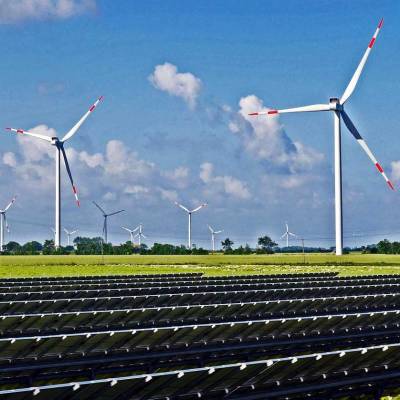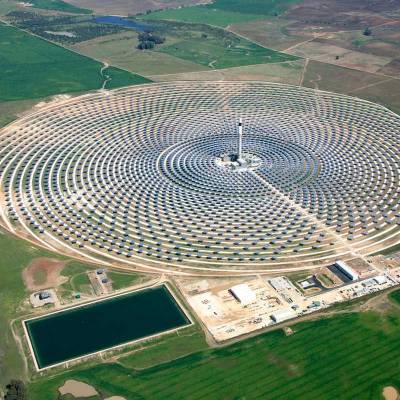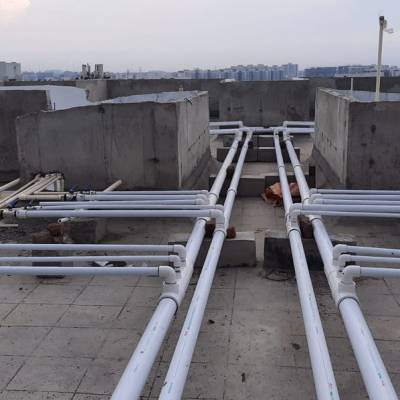- Home
- Real Estate
- The special cooling needs of a data centre
The special cooling needs of a data centre
However, this comparison is overly simplistic because the data centre needs to be designed for operation 24×365. Essentially, it isn’t only the HVAC load that needs to be factored into the building design—the HVAC system also needs to be made resilient against failure.
This involves incorporating fault tolerance into the infrastructure design depending on the class of the data centre, whether Tier-III/Level 3 or Tier-IV/Level 4, by adopting a dual distribution path and extra standby equipment (redundancy), says Sarambale. Provision is also required for maintenance such that the entire system isn’t required to be shut down at one time—conceptually this involves “concurrent maintainability,” he adds. “All these requirements impact building design in terms of space, the number of shafts, the building design load.” So, a high availability data centre for enterprise class, colocation and Cloud should ideally be “purpose-built”.
“A Tier-III or Tier-IV data centre would need the building to be designed specifically for data centre operations,” explains Sarambale. “It is not possible to accommodate a high availability data centre in a readymade building because of the large area required. Also, the height of the space (floor to ceiling) should be a minimum of 5 m, which is higher than most commercial buildings. Even the floor loading requirement of a data centre is high, in the range of 1,500 kg/sq m whereas commercial buildings are designed for a maximum of 500 kg/sq m.”
For the highest efficiency, Sarambale recommends employing the MEP consultant at the project inception stage and completing the MEP design even before the civil design starts. He also suggests making thermal storage a part of the design in case of high rack load, to maintain continuous cooling during grid failure and before emergency generators kick in.
CHARU BAHRI
One of the primary ways in which a data centre differs from a regular commercial building is in its cooling requirements. On average, Prasanna Sarambale, CEO, Data Centre Business & Group Head, Business Development, Sterling and Wilson, estimates the cooling requirement of a data centre to be more than 10 times that of a conventional commercial space. “Typically, 15-20 sq m of commercial office space needs 1 tr of cooling whereas for a similar footprint, a data centre could need more than 10 tr, though this will vary according to the type of data centre, peaking in the case of a Cloud data centre as against a colocation data centre,” he explains. As a thumb rule, Sarambale estimates that for a colocation building, the capital expenditure for 1 tr of implementation could be around Rs 2-2.5 lakh whereas for a commercial building it could be Rs 0.5-0.75 lakh. However, this comparison is overly simplistic because the data centre needs to be designed for operation 24×365. Essentially, it isn’t only the HVAC load that needs to be factored into the building design—the HVAC system also needs to be made resilient against failure. This involves incorporating fault tolerance into the infrastructure design depending on the class of the data centre, whether Tier-III/Level 3 or Tier-IV/Level 4, by adopting a dual distribution path and extra standby equipment (redundancy), says Sarambale. Provision is also required for maintenance such that the entire system isn’t required to be shut down at one time—conceptually this involves “concurrent maintainability,” he adds. “All these requirements impact building design in terms of space, the number of shafts, the building design load.” So, a high availability data centre for enterprise class, colocation and Cloud should ideally be “purpose-built”. “A Tier-III or Tier-IV data centre would need the building to be designed specifically for data centre operations,” explains Sarambale. “It is not possible to accommodate a high availability data centre in a readymade building because of the large area required. Also, the height of the space (floor to ceiling) should be a minimum of 5 m, which is higher than most commercial buildings. Even the floor loading requirement of a data centre is high, in the range of 1,500 kg/sq m whereas commercial buildings are designed for a maximum of 500 kg/sq m.” For the highest efficiency, Sarambale recommends employing the MEP consultant at the project inception stage and completing the MEP design even before the civil design starts. He also suggests making thermal storage a part of the design in case of high rack load, to maintain continuous cooling during grid failure and before emergency generators kick in. CHARU BAHRI






















